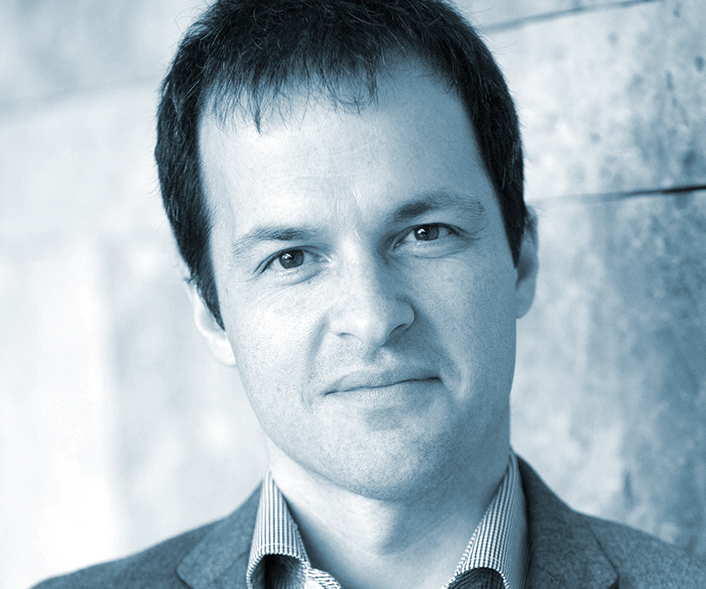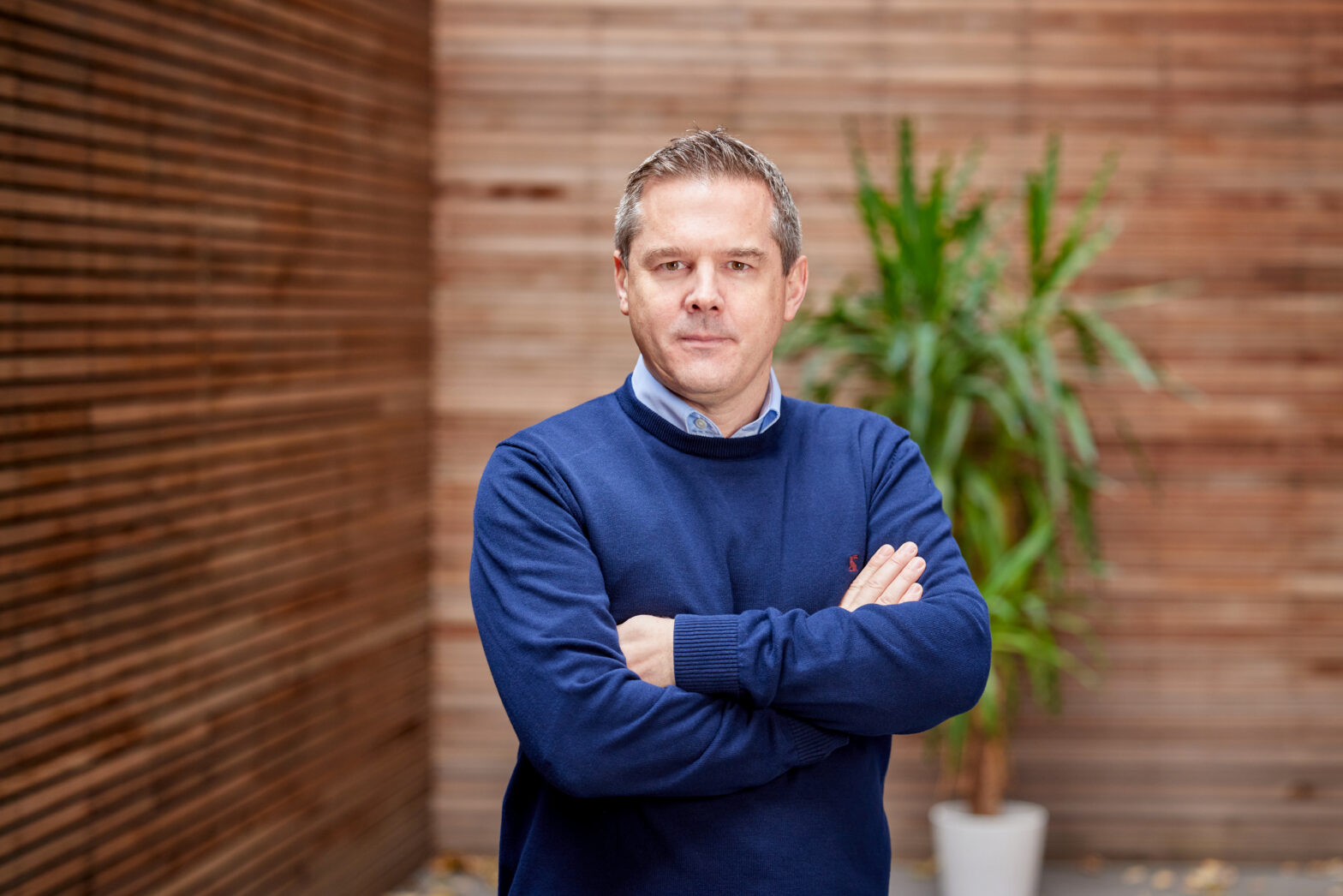Brighteye Ventures is a €50 million European venture capital fund launched in 2017; the firm invests in early stage companies that are leveraging technology to help people learn, ie edtech.
The company says as access to technology increases, ‘there are enormous opportunities to both enhance traditional education and create new ways of learning’ and argues that workplace demands ‘are evolving quickly requiring more scalable approaches to acquiring 21st century skills’.
We talked to BrightEye partners Benoit Wirz and Alex Spiro about the companies it’s looking to invest in.
What should entrepreneurs critically consider when seeking investment from you?
Brighteye looks first for good startup fundamentals, namely: a problem and/or market big enough for a company to realistically generate over €100 million in revenues in seven to nine years, an innovative and differentiated approach to solving the problem and a capable team with the skills needed to execute, iterate and recruit additional talent.
Beyond that there are a few issues particular to edtech that we dig into, namely:
- How do we know this product is an effective learning tool?
- How does the product motivate people for repeated use?
- What advantages/challenges exist with respect to distribution?
For example, one of our earliest investments, Epic, is an online library for kids being used for free in over 85 per cent of elementary schools where parents have the options to subscribe for their kids to access the library at home, a unique and defensible distribution strategy. The comprehension quizzes created by teachers are available for kids at home, promoting learning from each book, and the books themselves include popular children’s content meaning that kids are intrinsically motivated to repeatedly engage with the product.

What high profile fundraisers has the company orchestrated?
Brighteye has invested with specialists in edtech like US based Reach Capital and GSV as well as generalist European funds like IdInvest and Project A. Typically we act as a value added player either because of our pan-geographic focus (helpful for US funds to invest alongside Brighteye because we have a good network in Europe and vice-versa) and our specialisation in education (helpful for generalist funds to have an education fund to invest alongside).
Further reading on VCs
- VC Interview: Dominic Wilson, co-founder and managing partner of Pi Labs
- VC interview: Adam Anders, managing partner at Anterra Capital
- VC Interview: Ali Mitchell, Partner at EQT Ventures
What is the stand-out transaction of the firm in recent months and how did it apply its expertise to contribute to a successful deal?
Our firm is just over a year old, so recent transactions consist largely of new investments.
Our most recent investment was in a company called Tech Will Save Us (TWSU) which makes toys that help kids to understand principles in STEAM (Science, Technology, Engineering, Arts & Math) and encourages them to create and share their creations. TWSU already has a lot of traction with retailers and consumers, they were looking for an investor with expertise in education who could help them to develop and execute on a strategy for educational institutions. Post-investment Brighteye is working with the founders to develop a product and distribution strategy for education, and leveraging our network to help them execute.
What key advice would you give to entrepreneurs seeking investment from venture capital and may not be familiar with the process?
If you have the time, it’s best to connect initially with prospective investors well before you actually intend to raise funds. These conversations give both entrepreneurs and funds the chance to gauge the potential fit without the pressure of making a quick decision.
Create a monthly or quarterly email for prospective investors that shows both future goals and progress towards past goals. Don’t be afraid to ask for assistance from prospective investors either in these emails or directly. Helping out is one of the best ways for a prospective investor to get to know your company.
Once you have decided to actually fundraise, try to run a parallel process where you create a list of potential investors and contact and meet with as many as possible within a short time frame to let them know that you have begun fundraising and expect to have a term sheet within X weeks. The pressure of having other funders examining a deal is one of the best ways of making sure that you keep investors moving.

See also: How to approach a VC






